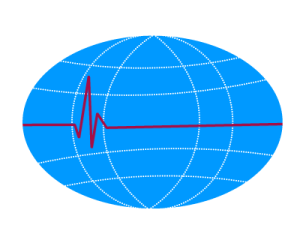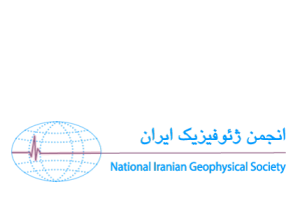Introduction to seismic data processing by Seismic Unix
This course is designed to provide a big picture about seismic data processing and related algorithms. The course is based on the Seismic Unix (SU), an open-source package for seismic research, processing, and educational purposes developed largely at the Colorado School of Mines, based on a small collection of code from Stanford University. The package contains a large variety of research and processing tools related to wave propagation and seismic imaging.
🔹 مدرس: مهندس کمال آقازاده، دانشجوی دکتری لرزه شناسی، موسسه ژئوفیزیک دانشگاه تهران
⏱روزهای جمعه (۱۴۰۱/۰۲/۳۰) و شنبه (۱۴۰۱/۰۲/۳۱)
از ساعت ۱۶ الی ۱۹
🔹دوره مجازی می باشد و در پلتفرم ادوبی کانکت اجرا می گردد.
💳 هزینه ثبت نام:
۲۰۰.۰۰۰ تومان برای اعضا انجمن
۳۰۰.۰۰۰ تومان برای شرکت کننده آزاد
(ظرفیت محدود)
💳 شماره کارت: ۰۸۳۷ ۰۲۴۵ ۸۳۷۰ ۵۸۵۹
به نام انجمن ملی ژئوفیزیک دانشگاه تهران
🔸به شرکت کنندگان در این دوره، گواهی معتبر از طرف انجمن ژئوفیزیک ایران ارائه میشود.
🔸دسترسی به بازپخش جلسات، بعد از برگزاری وبینار به مدت دو هفته امکان پذیر می باشد.
🟦 به منظور ثبت نام به پرتال ثبت نام دوره های آموزشی در وبسایت انجمن مراجعه بفرمایید.
راه های ارتباطی:
ایمیل: nigs@ut.ac.ir
تلفن: ۰۲۱۶۱۱۱۸۳۰۷ – ۰۲۱۸۸۶۲۹۳۶۶
تلگرام NIGSinfo@
اینستاگرام Instagram.com/nigs.ir
Introduction to Seismic Unix and its utilities
Seismic data processing sequence
۱-D and 2-D filtering, including f-k filtering
Noise removal (Ground roll-random-multiples)
Fourier transform (amplitude and phase), convolution and correlation
Types of seismic deconvolution algorithms
Types of velocities in seismic
Estimation of stacking velocities
Normal moveout correction and stack to convert data to zero offset
Data sorting (common shot, common receiver, common midpoint, etc)
Application of Radon transform in seismic processing
Seismic migration and its algorithms
Role of velocity in migration
Artifacts introduced by migrating incomplete data, including 2D data
Improving resolution of depth estimation











